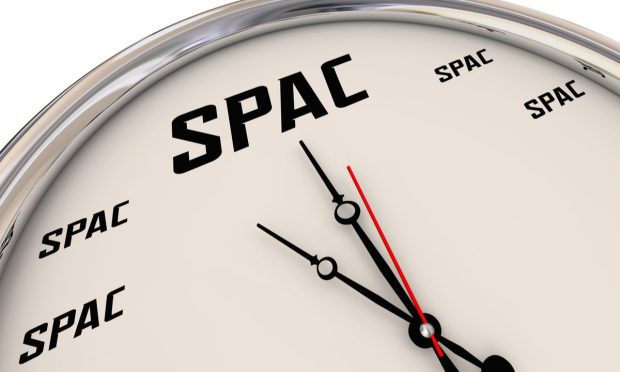SPAC Frenzy Fizzles as Redemptions Surge

Redemption rates are rising on investments in special-purpose acquisition companies (SPACs), a sign that taking startups public this way has seen its heyday, Financial Times reported on Monday (Sept. 27).
In the third quarter of 2021, the redemption rate was 52.4 percent, compared with 21.9 percent in the second quarter and 10 percent in the first quarter, according to data from Dealogic. The increasing redemptions could point to the investment risk being relative to that of traditional initial public offerings (IPOs). SPAC deals had the reputation of being more stable.
See also: FinTech SPAC Activity Heats Up
The spike in the first quarter was part of a frenzy that saw $100 billion of SPACs — also known as blank check or shell companies — publicly listed.
“We’ll never see Q1 again, never,” an unnamed Wall Street banker told FT. “Q1 of this year will go down as the 2000 internet bubble for SPACs. There was a unique confluence of factors that drove that insane risk-seeking behavior, particularly at a retail investor level.”
A SPAC raises money by going public in an IPO on the premise that it will merge with a startup within two years. If the SPAC fails to merge with another company, it must return the funds to investors. As of March, over 370 SPACs with over $118 billion in capital were actively seeking to make a match, according to data from SPAC Research.
See: SPAC Shares Have Plummeted 25% Since Feb
“There is an argument that says these SPACs aren’t doing what they were set up to do. There’s not much cash left in these vehicles at the point of acquisition,” an unnamed senior equity capital markets executive told FT. “As a company that sells into the SPAC, you get a vastly different deal to the one you thought you signed up to.”
Large redemptions can sink a deal, as many have a minimum cash threshold that must be met for a transaction to close.
You may also enjoy: Nextdoor to List on NYSE After SPAC Merger
“High redemptions mean there isn’t enough of a market to step in and buy those redemptions, said Michael Klausner, Stanford Law School professor who studies SPACs. “That’s a bad sign but not surprising. It would be typical pre-bubble.”
